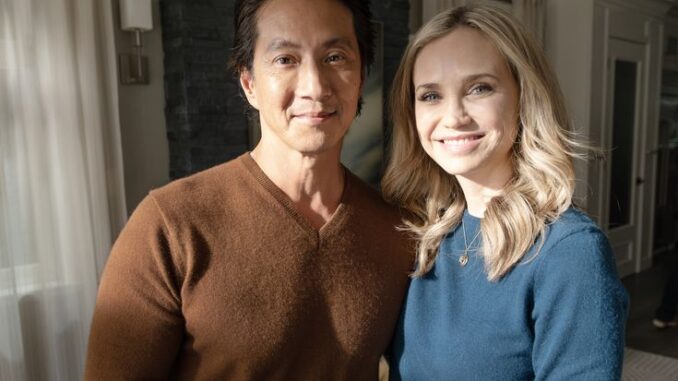
When The Good Doctor first premiered, it promised compelling cases, brilliant surgeries, and high-stakes hospital drama. And it delivered. But what audiences didn’t expect—what made the show resonate far beyond its genre—was its rare and deeply human exploration of empathy.
It wasn’t just about saving lives. It was about understanding them. About listening without judgment, seeing beyond the surface, and creating space for people—patients, doctors, and viewers alike—to feel seen, valued, and heard.
At the center of this revolution was Dr. Shaun Murphy, a young surgeon with autism and savant syndrome, portrayed with emotional depth and delicate nuance by Freddie Highmore. Shaun didn’t just change the way medicine was practiced at San Jose St. Bonaventure Hospital. He changed the way we understand what it means to care.
Shaun Murphy: Empathy in Its Purest Form
Empathy isn’t always easy to define—until you meet someone like Shaun. He may not express emotions the way others do. He might struggle with small talk, facial cues, or comforting words. But make no mistake: Shaun feels deeply. And perhaps more importantly, he cares deeply.
What makes Shaun different is not his autism—it’s his refusal to perform social expectations. His version of empathy is unfiltered and unpolished, but it’s also honest and real. He doesn’t pretend to understand a patient’s pain unless he truly does. But he listens. He pays attention. And when he relates to someone’s fear, grief, or joy, he connects in a way that’s beautifully raw.
In doing so, he challenges our traditional ideas of empathy. It’s not always about saying the right thing. Sometimes it’s about being present. Being real. Being willing to try.
The Patients: More Than Medical Charts
Most medical shows treat patients as temporary plot devices. A condition is introduced, treated, and solved (or lost), and we move on.
The Good Doctor refuses to do that.
Here, patients are people. They have backstories. Dreams. Conflicts. They come in scared, angry, hopeful, or broken. And through their interactions with Shaun and the hospital staff, their emotional journeys often mirror our own.
In one episode, a young boy with autism refuses to be touched by doctors. Shaun steps in—not as a surgeon, but as someone who understands the terror of sensory overload. In another, an elderly patient prepares for surgery but is more afraid of dying alone than the procedure itself. Shaun listens. He sits with him. He doesn’t say much—but his presence is enough.
These moments teach us that healing goes far beyond medicine. Sometimes, the most powerful act of care is simply bearing witness to another person’s experience.
Empathy Among the Doctors
Empathy isn’t just something Shaun learns—it’s something he teaches. As his colleagues—Claire, Dr. Park, Dr. Lim, Morgan, and Dr. Glassman—get to know him, their own approach to empathy evolves. At first, Shaun is treated with skepticism. Some doubt his ability to connect with patients. Others struggle to relate to him. But over time, Shaun’s unshakable integrity and emotional bravery begin to shift the dynamic.
Claire, for example, learns to trust her instincts more deeply after seeing Shaun advocate for a patient others overlooked. Dr. Glassman opens up about his own fears and pain, becoming more emotionally available—not just to Shaun, but to himself.
The workplace culture at San Jose St. Bonaventure transforms slowly but profoundly. It moves away from ego and hierarchy toward collaboration, respect, and compassion. And it all begins with Shaun. By centering the story on a character with autism, The Good Doctor did something few mainstream dramas have dared to do: portray neurodiversity with complexity and dignity. Shaun isn’t a stereotype. He’s not “magically gifted” or emotionally cold. He’s not there to inspire or teach neurotypical people how to feel. He’s a full person—with trauma, passion, heartbreak, joy, and fears.
And that representation matters. It gives audiences a new lens through which to see others—and themselves. It sparks conversations about inclusion, accessibility, and understanding. It gently teaches viewers that empathy must include those who express themselves differently. That listening—real listening—means accepting that people show emotions in diverse ways.
